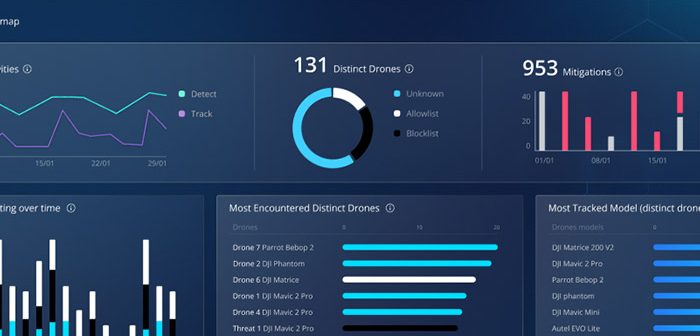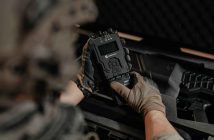
Sentrycs has released Version 6.0 of its software suite with an extension of the system’s mitigation range to a 10-kilometer diameter. The enhancement is combined with full 360-degree coverage from a single sensor, reducing the number of sensors required in the field.
Another milestone is Sentrycs’ support for DJI drones using the OcuSync 4.0 protocol. This includes advanced drone models such as the DJI Air 3, Mini 4 Pro, and Matrice 4. These drones are widely recognized for their sophisticated communication capabilities and maneuverability. With version 6.0, Sentrycs enables not only detection and mitigation but complete protocol-level takeover.
The new software version also introduces an enhanced command-and-control interface. The updated C2 experience is more intuitive, faster, and visually streamlined, helping operators manage threats with greater speed and situational awareness, while simplifying workflows during critical missions. Additional upgrades include improved signal processing through software that allows the system to accurately track and identify drones even in noisy or low-signal environments, as well as new predictive timing algorithms that ensure stable communication with distant drones. These enhancements are delivered entirely through software, with no need for hardware modifications.
“Version 6.0 reflects Sentrycs’ agile development model—driven by ongoing dialogue with our customers in the field. Each feature addresses a specific operational challenge, from securing remote borders to countering the newest commercial drones. The result is a flexible, future-ready system that delivers actionable capabilities where and when they’re most needed”, said Rotem Epelbaum, VP Development at Sentrycs.
Unlike conventional C-UAS solutions that rely on a multi-layered approach to detection, where multiple technologies are used, such as Electro-Optics, Radars, and Radio Frequency (RF) scanners and fuse together data from these different sources to identify a drone, Sentrycs’ technology understands the communication signals between drones and their operators at the bit level, and extracts key insights from the data layer. Within a matter of seconds, it passively identifies the drone down to the serial number, allowing for faster, more precise mitigation. This data analysis also delivers advanced situational awareness, including the ability to estimate the operator’s location.






